Search
Search Results
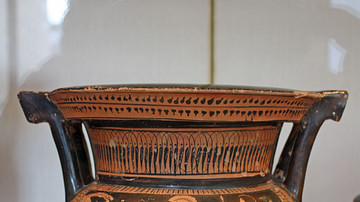
Article
Greek vases: names, shapes and functions
The system of names used today for Greek vases has quite rightly been described by one leading scholar as 'chaotic'. Many of the names were first applied in the eighteenth and nineteenth centuries by scholars who tried to fit the names of...
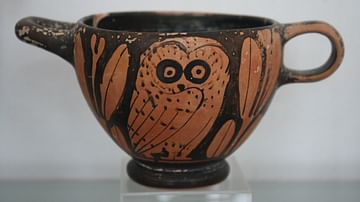
Article
Making and decorating Athenian black- and red-figure vases
The first stage in making a pot is to dig the clay out of the ground. Pieces of grit or plant matter must be removed before the clay can be used. This was done in ancient times, as it is today, by mixing the clay with water and letting the...
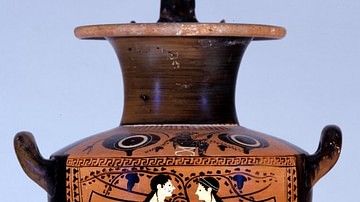
Definition
Ancient Greek Pottery
Greek pottery has four main types: Geometric, Corinthian, Athenian Black-figure, and Athenian red-figure pottery. Pottery vessels were made for everyday use such as the two-handled amphora for storage, the single-stem kylix cup for drinking...

Video
Looking East, Looking West: Mughal Painting between Persia and Europe
Looking East, Looking West: Mughal Painting between Persia and Europe November 19, 2015 Getty Center Lecture by Kavita Singh Introductory remarks by Thomas W. Gaehtgens and Brian Sweeney Kavita Singh is professor of art history at...
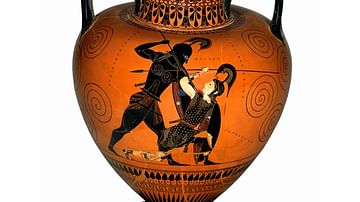
Article
Firing Athenian black and red figure vases
A distinctive red and black colour scheme characterises most of the painted pottery of sixth- and fifth-century Athens. The colours result from the skilful exploitation of the high iron content of Athenian clay by an ingenious process of...
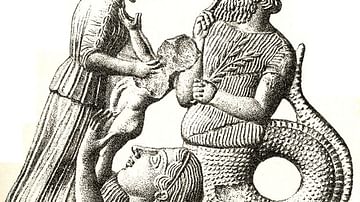
Image
Kekrops Looking on as Gaia Gives Erechtheus to Athena
Gaia offers Erichthonios to Athena, with Kekrops watching. Clay relief from Melos, c. 460 BCE. Illustration from Ausführliches Lexikon der griechischen und römischen Mythologie by Wilhelm Heinrich Roscher, 1890. Kekrops, the mythical king...
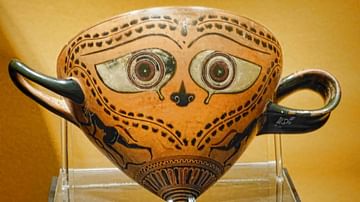
Article
Greek Vase Painters & Potters
We know the names of some potters and painters of Greek vases because they signed their work. Generally a painter signed his name followed by some form of the verb 'painted', while a potter (or perhaps the painter writing for him) signed...

Video
Chief Arvol Looking Horse Speaks of White Buffalo Prophecy
Chief Arvol Looking Horse, 19th generation Keeper of the Sacred White Buffalo Calf Pipe. The leader of the Lakota Dakota Nakota Oyate, the great Sioux nation, is a man with a vision. A Great Urgency: To All World Religious and Spiritual...
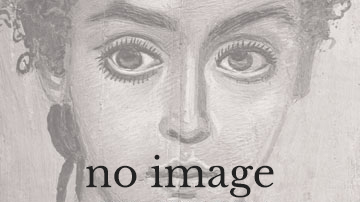
Video
Making Greek Vases
In ancient Greece, the phrase "to make pottery" meant to work hard. While all Greek pottery was made by similar methods, the pottery techniques of Athens are especially well understood. The typical Athenian pottery workshop was a small establishment...

Image
Vases & Rainbow Mosaic, Carthage
Vases linked by rainbows with various animals and flowers in between on a fllor mosaic. Below the upper row of vases is a spring, inscribed Fontes, at which 2 animals are drinking. From Carthage, modern-day Tunisia. 4th or 5th century CE...